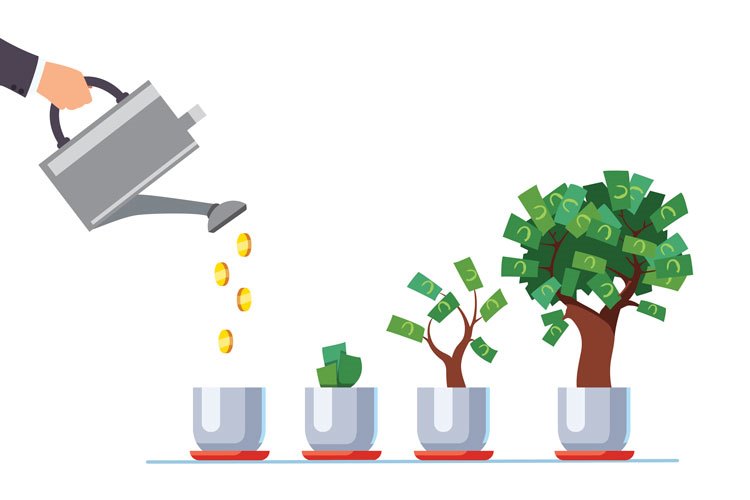Avoiding Tradeshow Sticker Shock

A manager for which I had a great fondness used to regularly use Robert Burton’s term “penny wise, pound foolish,” much to my entertainment. Having never really heard the term used before, I took the time to make sure I was correct in what I thought it meant. For those of you that require validation, like I did, the phrase describes the condition of taking care of small spends while being foolish with large sums. Sort of a spending double-standard, you could say.
The reverse is true in the event and tradeshow world. Sticker-shock, in this world, is when the client experiences a mild coronary event when they see the total budget required for an event or booth space. It’s easy to look at a bid for a large line item and think the cost is inevitable and fixed (e.g. the cost of catering a large event) while picking to death the smaller details (like table centerpieces) – both can result in undesirable outcomes.
The small details can be crucial components, especially when creating an experience for the attendees or guests. Despite this, the little details tend to get the ax first because it feels like a wise, penny-saving move. Usually though, it is more effective at pulling the depth out of the overall presentation. Often the result is not what the client envisioned – all to save a few bucks on a “huge” spend.
Here are a few ways we, in Marketing + Creative’s Exhibit Solutions, combat this and find true value spends:
- Use historic information. If it’s been done before, comparing that data with the current market is a good way to get in the right ballpark on budgeting.
- Use a multi-bid process on large purchases. We use three bidders and an RFQ (request for quote) process that spells out the parameters of what we intend to purchase/build and requires line item bidding. The bidders are fully informed up front that they are participating in this type of bid.
- Take those three bids and dissect the costs by “buckets” (i.e. all flooring-related charges in one bucket, etc.). If two bidders have nearly identical costs on a line item, with the third bidder way lower, chances are good they are quoting below market value and will either be up-charging later in the game or providing an inferior product.
- Use “not-to-exceed” pricing – and stick to it. There is nothing worse for a client than to have to pay more than they expected. An important exception would be if the client changes the plan and there is an inherent associated cost. You can’t do anything about that!
Overall, leading a project means it’s up to you to find the most value for the spend. If you’ve done a little homework on market value, your budget will be much easier to defend – whether pennies or pounds!

